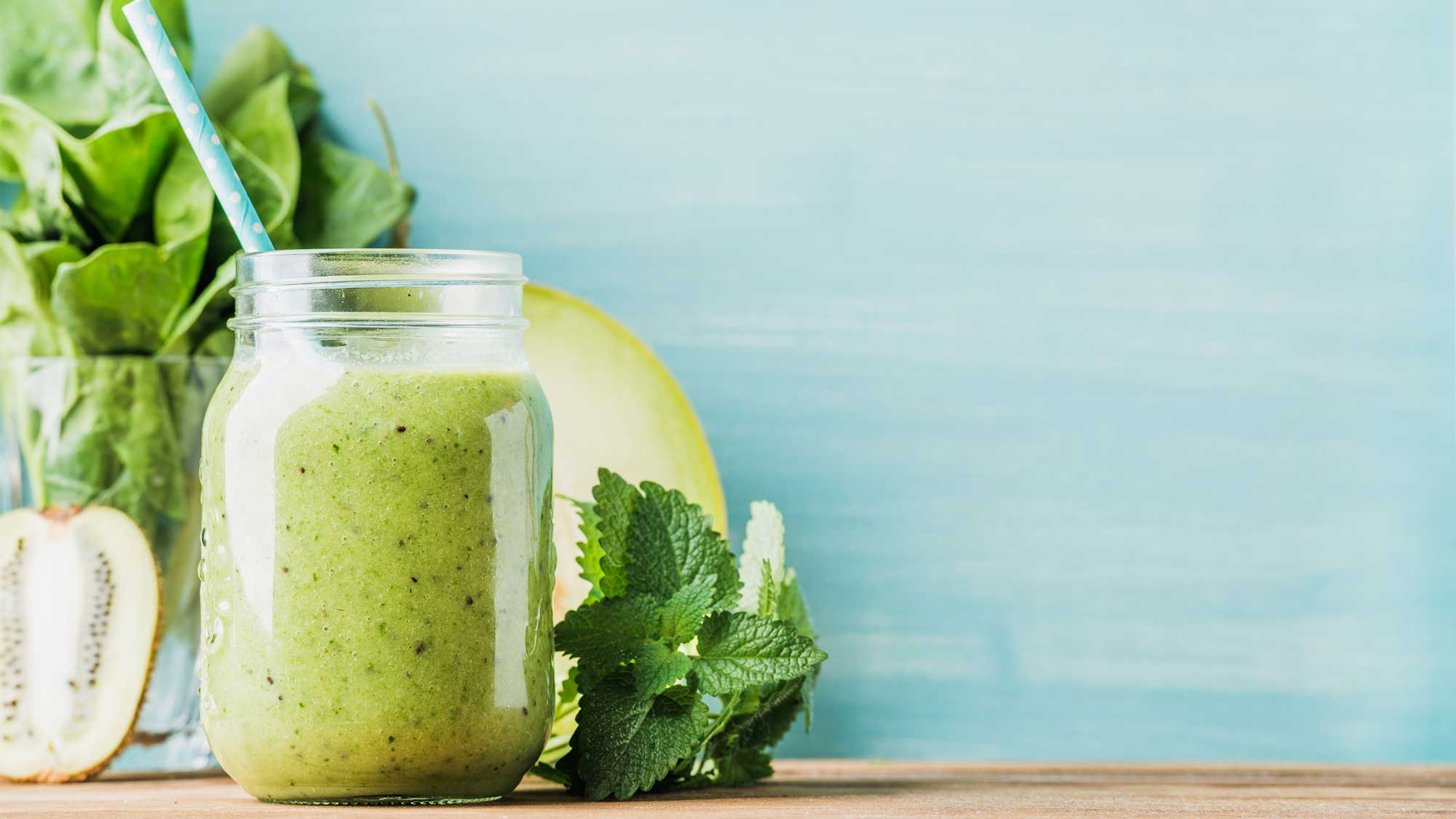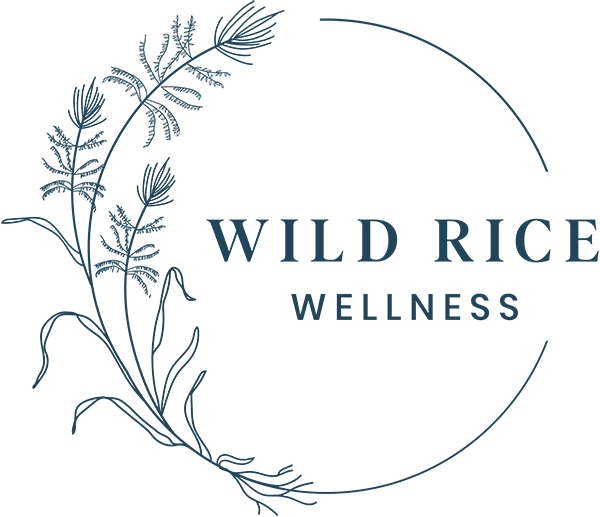
Natural Ways to Detox
Last week on the blog we talked all about endocrine disrupting chemicals which are ubiquitous. The good news is, there are ways to support our bodies innate ability to detox from our environmental exposures. Let’s dive into some natural ways to detox! But first…how does our body detoxify?
Phases of Detoxification
Phase I Detoxification: The liver is the first line of defense when exposure to a toxin takes place. When the body is exposed to a particular toxin, the liver helps to turn these into less harmful chemicals with the help of antioxidants, vitamins and minerals. But first in Phase I, our liver actually converts these toxins to more reactive products. This is why Phase II detoxification must be addressed before pushing on Phase I too hard. We don’t want to free up the more reactive intermediates and their byproducts in Phase I because they need a way to be excreted or taken out of the body which brings us to phase II…
Phase II Detoxification: This process, known as conjugation, occurs when the liver turns the fat soluble chemicals and toxins into water soluble forms which can then be excreted out of the body (Phase III) by the gut (via bowel movement), the kidneys (via urination) and the skin (via sweat). One of the most important conjugation processes requires glutathione, which is the body’s master antioxidant. Glutathione helps turn the fat soluble chemicals and toxins into water soluble forms so they can be exported out of the body. Glutathione also helps to prevent free radical damage from these chemicals. Glutathione is produced by the body and can be enhanced by consuming foods such as: broccoli, watercress, kale, pomegranate, green tea, garlic, curcumin/turmeric, artichoke, milk thistle, rosemary, cherries, citrus peel and more. It can also be taken in supplement form. Phase II detoxification also requires adequate protein intake to allow these processes to occur (hence why a juice only cleanse without protein may do more harm than good).
Phase III Detoxification: As mentioned above, Phase III of detoxification occurs when these water soluble toxins are able to leave the body through bile and via the gut (bowel movement), kidneys (urination) and skin (sweating). If someone is constipated, then the toxins sitting in the bowel are recirculated, which is not good. Exercise can be a key component to detoxification in that it keeps the bowels moving better AND produces sweat so that toxins (like heavy metals) can be excreted via the skin. Ensuring adequate hydration is key for bowel regularity, sweating and urination, all parts of Phase III.
Minimizing toxin exposures
While we cannot avoid every single toxin in our environment and we cannot control everything, we can look for ways to take control and minimize toxin exposure sin our daily lives in the following ways…
- Don’t smoke and make sure wood burning stoves in the home are well ventilated
- Minimize exposure to car exhaust (don’t exercise near a highway if possible)
- Eat fresh foods, limit processed and packaged foods
- Emphasize organically grown foods, especially meat and dairy (prioritize the EWG Clean 15 and Dirty Dozen EWG LINK)
- Wash all produce using mild soap and water, rinse well
- Stay well hydrated and drink filtered or purified water (check out what toxicants are in your water HERE)
- Minimize alcohol as much as possible (alcohol is a lifestyle toxin!)
- Do not take acetaminophen (tylenol) while drinking alcohol or for a hangover
- Limit plastic products in the kitchen and home
- Use glass, ceramic or stainless steel containers for heating or storing food
- Avoid plastic wrap and only buy canned foods that are BPA-free
- Avoid food additives such as: high fructose corn or rice syrup, BHT, BHA, benzoate, sulfites, artificial colors/dyes, artificial flavorings and sugars
- Avoid nonstick pots and pans
- Switch to cleaner home care and cleaning products that are fragrance and solvent free (my favorite is Branch Basics all in one cleaning solution)
- Opt for natural personal care products, cosmetics, and fragrances (Check out the EWG Skin Deep database)
- Remove your shoes when entering your home so you aren’t tracking toxins through your living spaces
- Avoid using pesticides and herbicides on your lawn or garden
- Limit foods high in heavy metals and toxins like tuna, swordfish, shark, mackerel, tilefish
- Avoid mercury amalgam fillings and consider removal in certain cases using SMART technique with trained dentist
- Get clean air in the home by opening up the windows, add houseplants to clean indoor air, or consider air purifier
This may seem like an overwhelming amount of things to tackle when trying to reduce toxin exposure but again, take it slow and try to control what you can control and try not to stress about what is out of our control.
Supporting our body in detoxification: food as medicine
Using food as medicine is one of the best natural ways to detox! Eating the rainbow is good rule of thumb but here are some crucial ways food can play a role in detoxification.
- Green foods aka Phytochelators like Chlorella, Green Tea, Broccoli, Kale, Brussels Sprouts, Watercress, chlorophyll and many more help to induce phase II detoxification by enhancing glutathione production.
- Red foods like pomegranate, strawberry and red raspberry contain a compound called Ellagic acid which has a whole host of benefits including anti-cancer and cardiovascular benefits. They also assist in phase I detoxification in the liver by decreasing certain enzymes and also work in phase II of detoxification by enhancing glutathione production. Beet root juice works similarly in decreasing certain phase I enzymes and increasing phase II detoxification.
- Fiber, in its different varieties, helps to bind to different types of toxins to get them out of the body. For example modified citrus pectin binds to arsenic, lead, and cadmium and wheat bran can bind to heavy metals.
- Omega 3 fatty acids (fatty fish and fish oil) have anti-inflammatory effects which help to modulate toxic insults and exposures.
- Herbal compounds, specifically milk thistle (or silymarin) are really beneficial in the detoxification process. Milk thistle helps with cellular regeneration of the liver.
- N-Acetyl Cysteine (NAC) is a precursor to our bodies most powerful antioxidant – glutathione. This cheap supplement can help improve our bodies antioxidant status to help with detoxification.
I hope you learned some easy, natural ways to detox from this weeks blog. If you have questions or are looking for help on getting your lifestyle on a better health trajectory, book a free 15 minute call today! To learn more about the services Wild Rice Wellness offers click HERE!
Remember the best natural ways to detox are to eat a healthy, nutrient dense diet, stay well hydrated, have a bowel movement every day, and sweat regularly!
